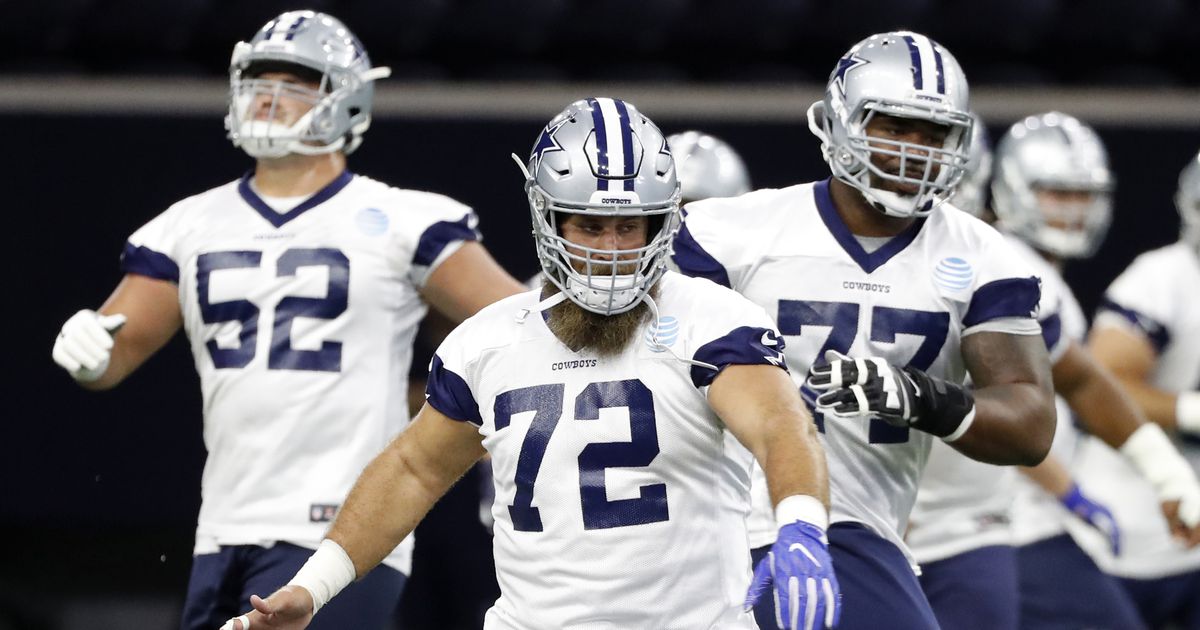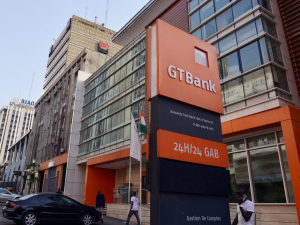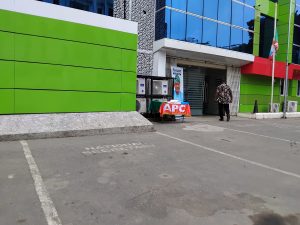Cowboys’ Frederick returns after year lost to nerve disorder


OXNARD, Calif. (AP) — Travis Frederick’s first day in pads after a year of battling back from a nerve disorder wasn’t particularly emotional for the Dallas Cowboys center.
Those moments came earlier, like the first time Frederick hit his max on the squat in the weight room, or set a personal best on another lifting technique.
“Those days, wondering whether or not I was going to be able to lift again let alone hit my max numbers ever again, those days were emotional,” Frederick said after his first day in pads at training camp this week.
“Today’s a day that I just got a chance to come back out and play football. And playing football is something I’ve been doing since I was 9 years old, so that’s second nature.”
Guillain-Barré syndrome, an autoimmune disease that attacks the nervous system, sapped most of Frederick’s strength and left him struggling to walk when the Cowboys returned from camp in California last summer.
There were eye-opening moments for anybody watching practice at camp a year ago, like when Frederick would get overpowered by a defensive lineman in a one-on-one drill. Behind the scenes, it was even more noticeable.
“I very specifically remember conversations with some of the scouts,” Frederick said. “All the scouts are out here and they watch every rep. It’s not just every rep of team. It’s every rep of individual. When something goes wrong and the scout comes up and says, ‘Hey, you know, things just don’t look right. What’s going on?’
“You’re trying to figure it out and you get the diagnosis and say, ‘Hey, I knew something was wrong.’ They could tell from the beginning.”
Frederick said the initial sensations were similar to neck issues that football players call “stingers,” but he was cleared of any concerns by a doctor in the Los Angeles area. When the problems persisted, doctors eventually found the culprit — and it was early enough to avoid worst-case symptoms such as temporary paralysis.
Ultimately, the diagnosis wasn’t early enough to save his season. Frederick missed all 18 games, including two playoff games, after playing in all 83 over the first five years of his career. It’s been a long, slow climb back ever since last summer.
“Sitting here this time last year, I had no idea what we were facing regarding Frederick,” owner Jerry Jones said. “And so I’m basing my personal thinking that he’s going to be able to come out here and be right here where we were this time last year, thinking he was going to have a heck of a year. And everything I’m hearing supports that.”
Frederick has said all along he’s not really going to know where he is in his recovery until he gets in a game. It’s unclear if or how much he will play in the preseason because it’s easy to forget he also underwent shoulder and abdominal surgeries in the offseason.
In the meantime, another test of his strength will be one of the things that revealed issues last year — one-on-one pass-rushing drills. Frederick was held out of those for his first day in pads, with no sign the Cowboys wanted to test it anytime soon. Fine by Frederick.
“I hate that drill, so I don’t look forward to it at all,” he said with a smile. “Honestly, the amount of times the center goes one-on-one in the NFL, it’s probably about 1 percent of the time maybe. I think it’s really not great for centers.”
There’s some reassurance for quarterback Dak Prescott seeing Frederick lead him to the line, grab the football and point to the assignments on the other side of the line of scrimmage.
Even though the Cowboys won the NFC East for the second time in three years with their young quarterback last season and with Frederick trying to help from the sideline, the offense struggled at times and Prescott was sacked 56 times, second-most in the NFL.
“A great dude, just being healthy, being back out here, knowing he’s happy, knowing he’s doing what he loves,” Prescott said. “Then when you get down there and get in the trenches, get in the Xs and Os and you’re making calls, it’s somebody that you’re comfortable with, making all the right calls.”
Curiously, Frederick’s shoulder pads disappeared from the equipment room at the team’s facility during the year he missed. The 28-year-old chuckled at the irony, shrugged his shoulders and agreed that at least the new pads smelled better.
“Brand new, so they did feel a little different for that reason, Frederick said. “But no, they didn’t feel different in the fact that I was wearing pads. It feels really normal and it feels kind of comfortable.”
It also feels better than what Frederick was feeling — or in some cases, wasn’t feeling — a year ago.







